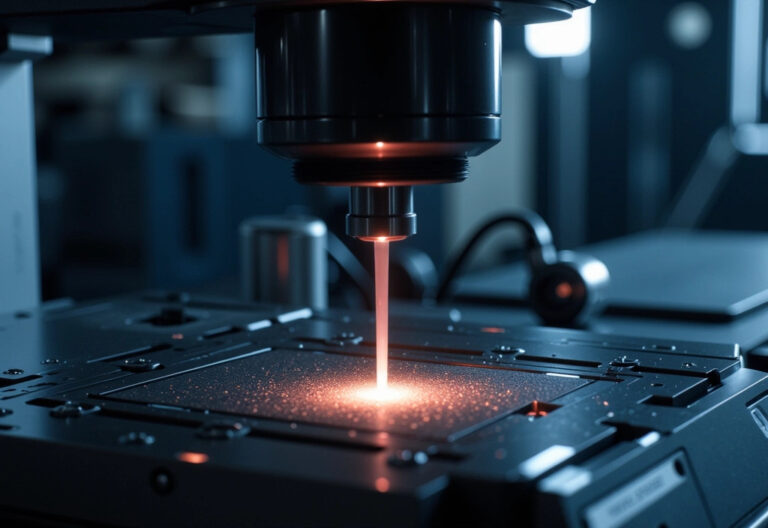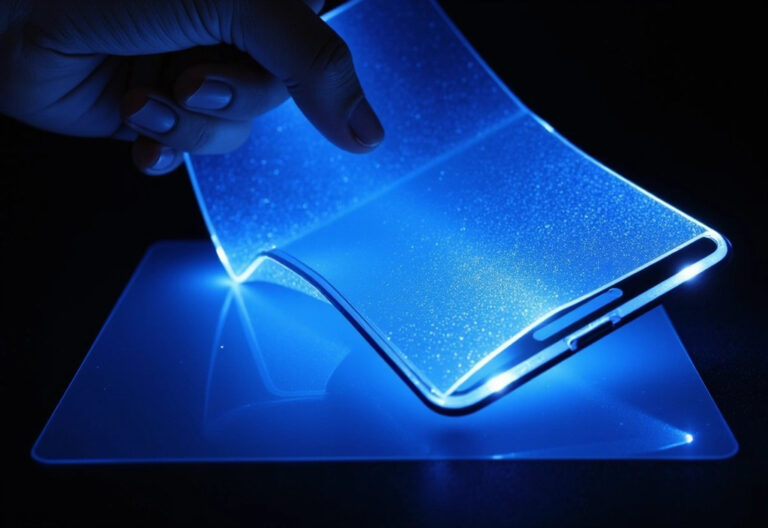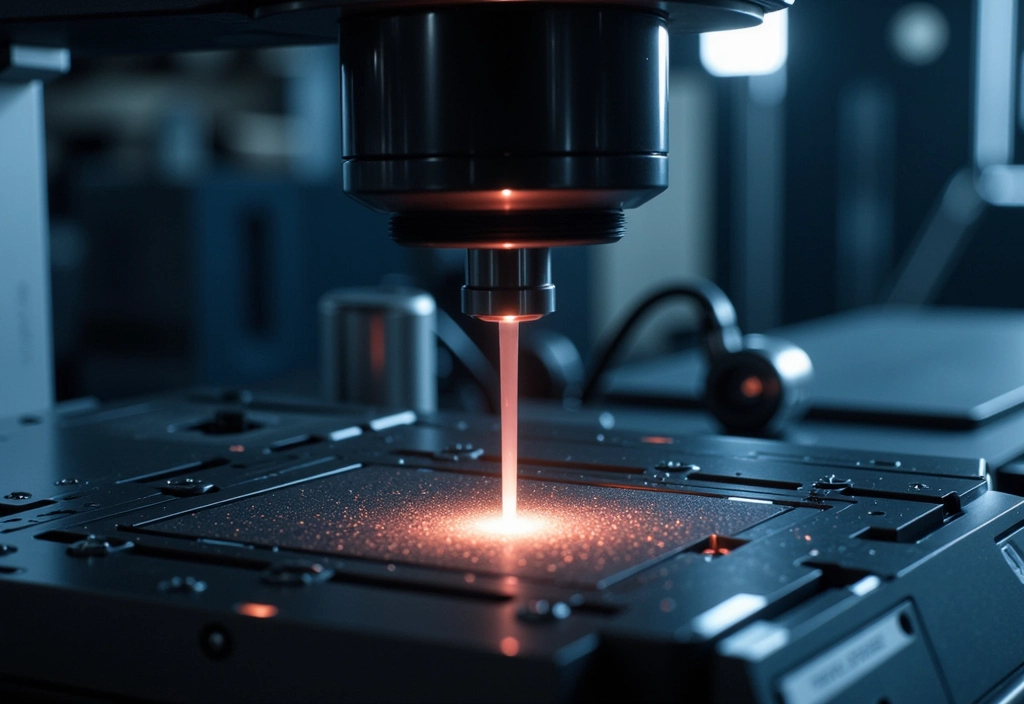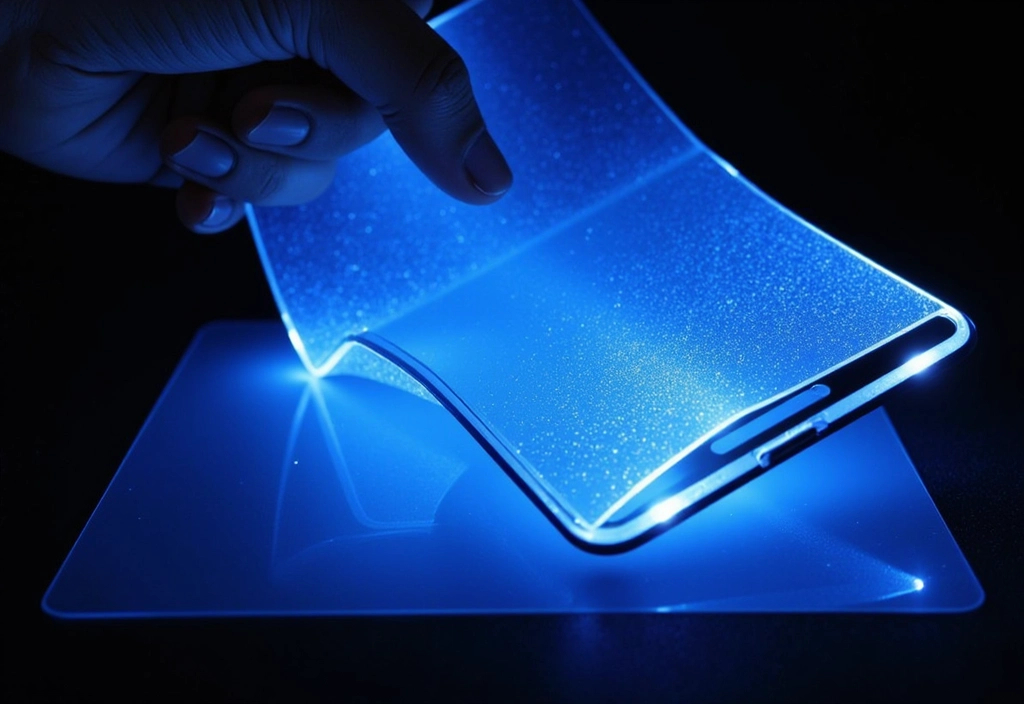Imagine if doctors and scientists could use sound—not scalpels or lasers—to move things around at a microscopic level. Now imagine they could do this with the precision to trap and move a single DNA strand. Sounds like science fiction, right?
Well, it’s not. This is the world of topological acoustofluidics, and researchers just made a major breakthrough that could change how we understand biology, medicine, and even computing.
What Did Scientists Actually Build?
They created a small chip—about the size of a coin—that uses sound waves to move tiny particles in liquid channels. These particles are far too small to be seen with the naked eye. We’re talking about things like plastic beads smaller than red blood cells, and even strands of DNA.
On the chip, there are tiny copper pillars arranged in a special pattern, like a honeycomb. When sound is sent through the chip, it creates swirling patterns in the liquid above it. These swirls can spin particles around, push them into position, or trap them in special “wells” of pressure.
How Does Sound Move Tiny Things?
Normally, sound just moves through air as vibrations. But when sent into the chip, the sound waves travel along the surface and interact with the shape of the copper pillars and the liquid.
Because of how everything is arranged, these sound waves don’t behave like normal sound. They create very controlled, tiny whirlpools in the fluid. Scientists call these “vortices.” Some spin clockwise, others spin the other way. They can push particles around or trap them with impressive accuracy.
These aren’t just random swirls—they are designed to be stable and immune to defects, meaning the system keeps working even if something small goes wrong.
What’s So Special About This?
For one, it’s the first time scientists have been able to see and control these special sound patterns in fluid this way. Second, they showed it can do real, practical things—like concentrating and trapping DNA molecules without damaging them.
They also found out that by adjusting the direction the chip is made (the angle of the crystals in the material), they could change how strong and focused these sound effects are—almost like tuning a musical instrument to hit just the right note.
What Could This Be Used For?
Now for the exciting part: this is not just a cool science experiment. This could lead to big things in the real world.
Here’s what this kind of chip might make possible in the near future:
- Lab-on-a-chip devices: Tiny machines that can run medical tests on a single drop of blood or spit, quickly and cheaply.
- Non-invasive surgery: Using sound waves to move cells or tiny tools without cutting into the body.
- DNA and virus detection: These chips could help catch diseases early by collecting and identifying DNA or viruses floating in a sample.
- Targeted drug delivery: Imagine pushing medicine through the body with sound, directly to the place it’s needed.
- Synthetic biology and gene editing: Giving scientists a new way to control molecules for things like CRISPR and next-gen medicines.
Why This Is Just the Beginning
What’s amazing is that this chip lets us see and use forces that used to be completely invisible and theoretical. It builds a bridge between the world of atoms and molecules, and things we can see and touch.
It could also help scientists learn more about the basic laws of nature—by watching how these waves behave in real time. That’s the kind of tool that leads to new discoveries in fields we haven’t even named yet.
Final Thoughts
This new chip is like a Swiss army knife for the microscopic world. It uses the power of sound and clever design to do things that were impossible before. And while it’s still early days, it’s already showing promise for breakthroughs in healthcare, biology, and beyond.
The next time someone says “sound can’t move mountains,” you can tell them—maybe not yet, but it sure can move DNA.
Check out the cool NewsWade YouTube video about this article!
Article derived from: Zhao, S., Tian, Z., Shen, C. et al. Topological acoustofluidics. Nat. Mater. (2025). https://doi.org/10.1038/s41563-025-02169-y
















